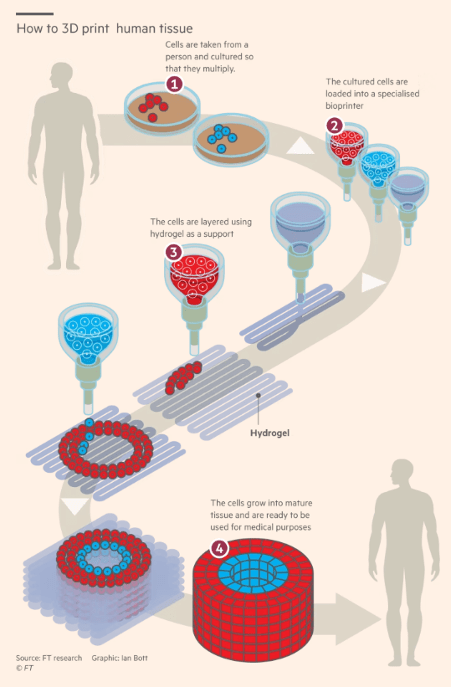Just because a company is tagged as a ‘nasty’ for animal testing, does not necessarily mean that they are doing bad in this area. A number of the companies are actually involved in a lot of research and development into alternatives to animal testing, and are regularly only carrying out animal testing when required to pay for it to allow distribution of their products in China.
One of the companies in our clients portfolio’s (through Capital New Perspective Fund and Booster Socially Responsible Investment KiwiSaver in particular) – L’Oreal, produces one of the two Human Skins products produced as an alternative to testing on animals.
L’Oreal’s product is called EpiSkin and also has products under the SkinEthic brand. The other human skin is called EpiDerm, which is made by an American company called MatTek.
L’Oreal acquired the EpiSkin biotechnology in 1997, and as well as selling the product to other companies, L’Oreal are also partnering with other organisations to product technology to 3-D print hair follicles in vitro (In a test tube, culture dish), aiming for a number of uses, including future treatments for baldness.
Over 100,000 units of human skin are produced annually, and the product is created from human fragments of skin recovered from plastic surgery. The short 3 minute corporate video below explains how this happens (in technical terms).
The skin is made in different colours and the SkinEthic models are used for eye irritation (corneal epithelium), human mucosa (lips) irritation and oral, gingival and vaginal irritation.
The products are used for testing products in gel, cream, liquid and powder form and are used instead of animal testing.
The uses of the skin cells are to test cosmetic and protective consumer good products including UV exposure, bacterial adhesion, DNA damage, permeability, skin irritation, skin corrosion, medical devices, skin immune response, depigmentation, esophageal irritation and ‘omics’. Omics are a branch of science where the name ends in the suffix ‘omics’ – like genomics, proteomics, metabolomics, metagenomics, phenomics and transcriptomics. Omics refers to the ‘sum of the constituents within a cell.’
Corporate Video: https://youtu.be/hCmv5GxtYKQ
If you want to find out more – click here https://www.episkin.com/About-us.
The diagram above also shows how it is possible to 3D print human skin.
Skin products used in treatment of burns
EpiSkin and EpiDermis are created for the purpose of testing, as an alternative to animal testing. They are not used in burns treatment. The product used in burns treatment is called Integra and also used in plastic surgery and the treatment of chronic skin wounds.
Integra is a ‘two layer skin regeneration system’, with the outer layer made of a thin silicone film that acts as your skin’s epidermis. It protects the wound from infection and controls both heat and moisture loss. The inner layer is constructed of a complex matrix of cross-linked fibres, which provides the scaffold for regenerating dermal skin cells and enables the re-growth of a functional dermal layer of skin.
When the actual dermal layer of skin has regenerated, the silicone outer layer is removed and replaced with a thin epidermal skin graft.
Learn more, by clicking here: https://www.integralife.com/integra-dermal-regeneration-template/product/wound-reconstruction-care-inpatient-acute-or-integra-dermal-regeneration-template


